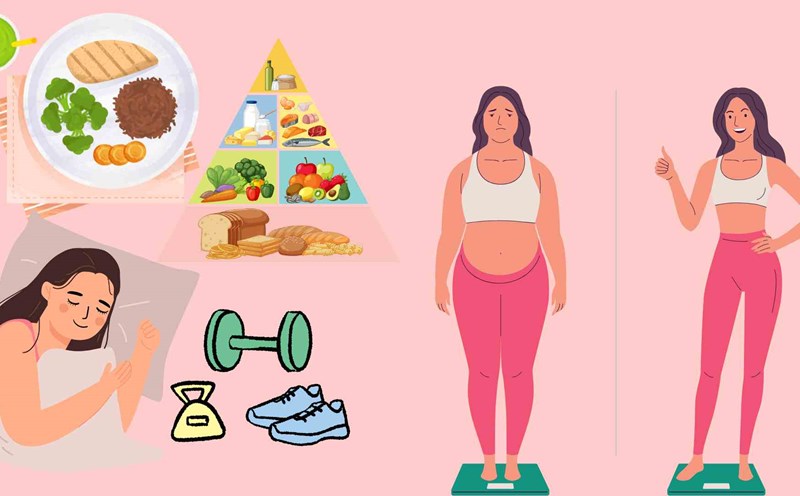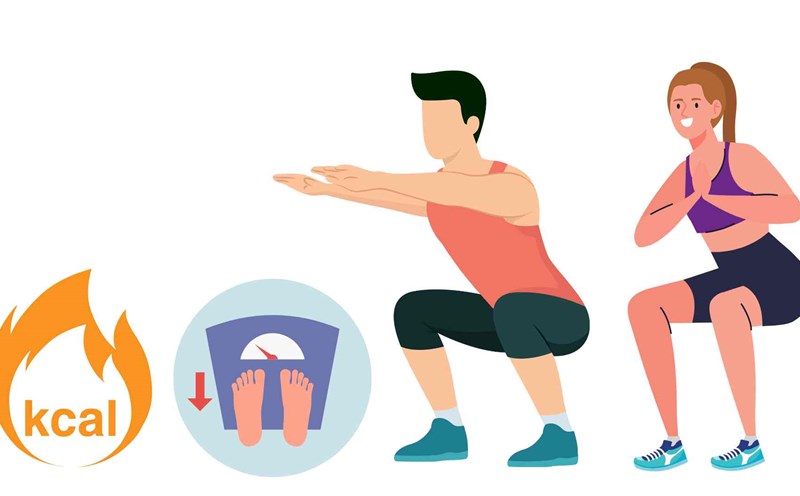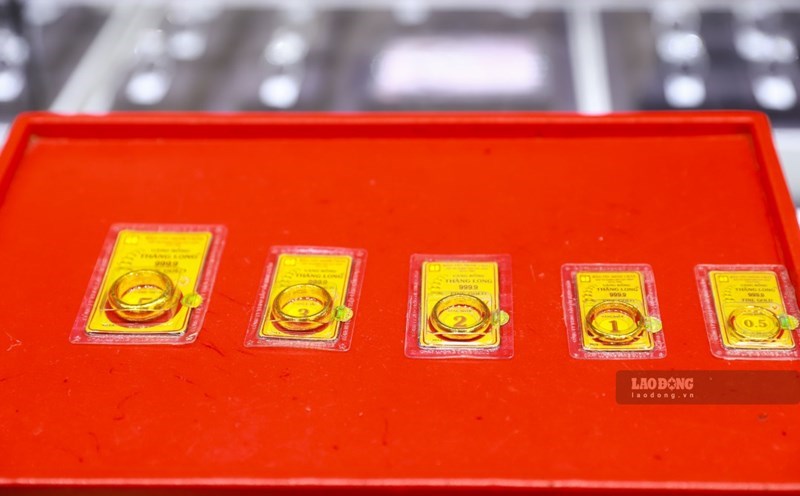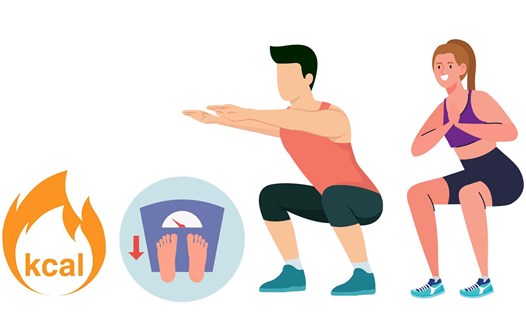According to nutritionists, choosing the right foods combined with a healthy lifestyle can effectively help control and reduce visceral fat in just 30 days.
Green leafy vegetables
Kale, spinach or broccoli are low in calories but rich in fiber, helping to prolong the feeling of fullness and reduce excess fat.
A diet rich in green vegetables not only supports weight loss but also improves insulin sensitivity, a key factor in reducing visceral fat, says Dr. Michelle Hauser, a nutritionist at Stanford University (USA).
Whole grains
Oats, brown rice and whole wheat barley help stabilize blood sugar and limit fat storage. The soluble fiber in cereals also has the effect of sweeping away excess fat in the intestinal walls, reducing the burden on the liver.
Fatty fish
Salmon, mackerel, and sardines are rich in omega-3, which help regulate fat metabolism, reducing inflammation related to visceral fat. A study in the Journal of Nutrition confirmed that supplementing fatty fish 2-3 times a week can significantly reduce belly fat.
Nuts and seeds
Almonds, walnuts, chia seeds or flax seeds provide good vegetable protein and fat, both increasing satiety and preventing the body from accumulating fat in the abdomen.
Fruits rich in vitamin C
Oranges, grapefruits, kiwis not only help boost immunity but also promote fat burning thanks to their high vitamin C content.
Experts recommend that, in order to achieve clear results, in addition to supplementing the above 5 food groups, people need to combine regular exercise, limit sugary drinks and maintain adequate sleep. This is the golden key to reducing visceral fat and improving overall health.











